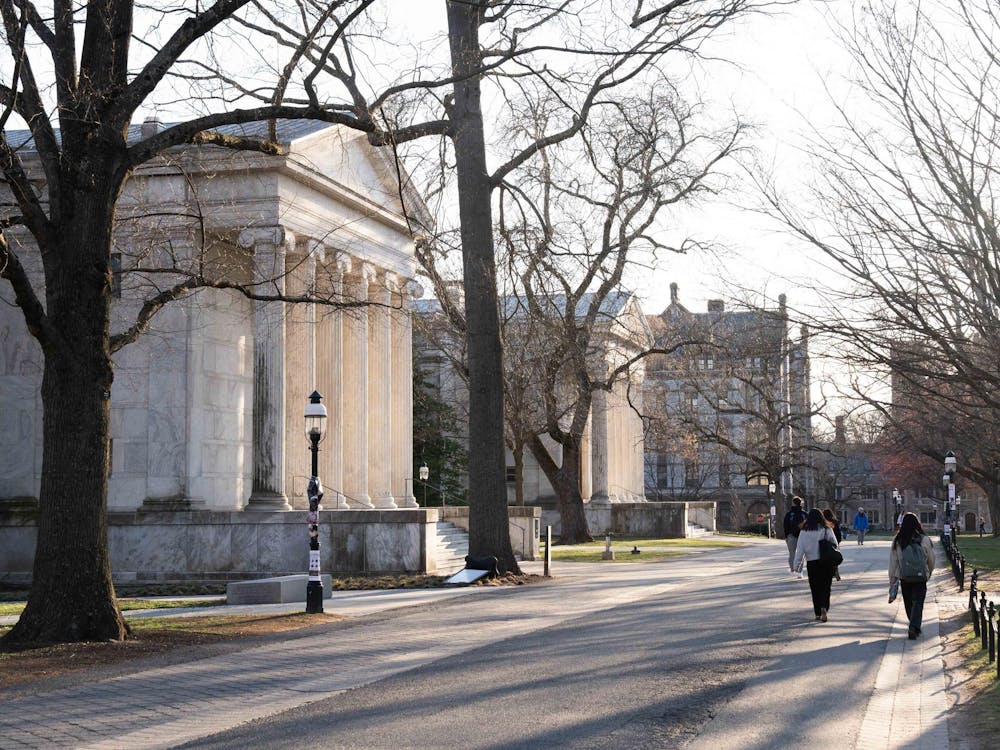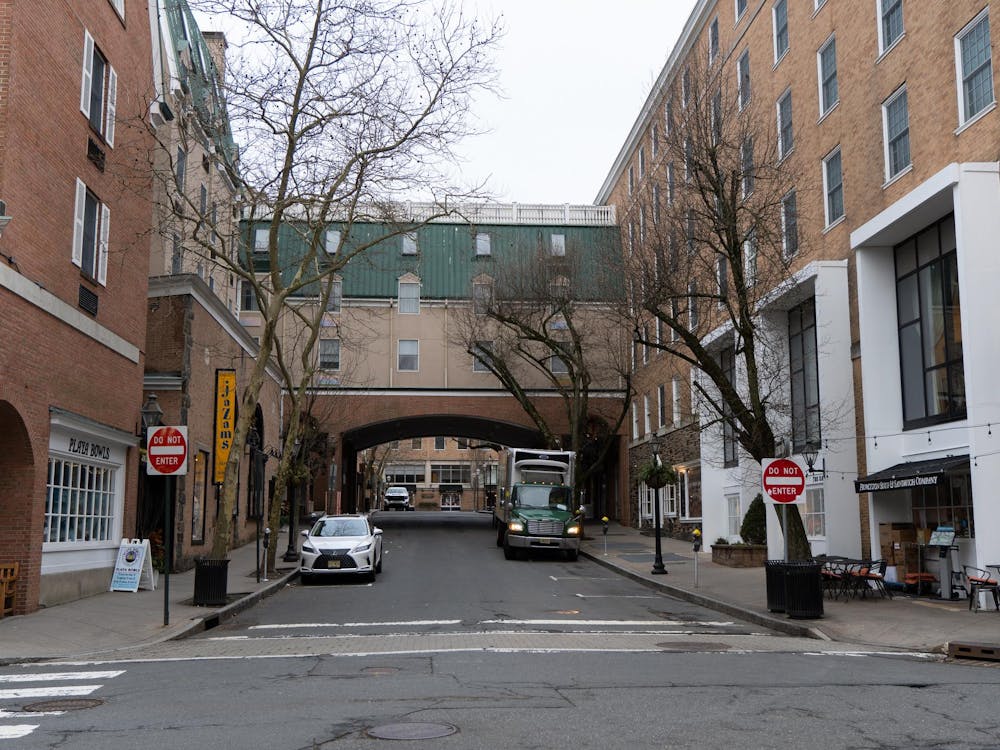The University is currently in the planning process for a new Campus Framework Plan that will cover the 10-year period from 2016 to 2026.
Campus plans need to be renewed every 10 years for a campus plan to remain valid and vital, University architect Ron McCoy said.
The University hired Toronto-based consulting firm Urban Strategies in August 2014 to assist in developing the plan.
Currently, Urban Strategies is in the initial planning stages for future campus plans, Urban Strategies partner Warren Price said. The 2o26 campus plan is expected to be released in November 2016.
“This is an expansion from the previous plan,” Price said. “It will be as much a management tool intended to frame and advance discussion and decision-making and build consensus. What it won’t be is a carved-in-stone kind of blueprint design vision that can only be realized in one way. It will allow [the University] to keep their options open and make choices.”
The plan will address land use, campus design, landscape, infrastructure, sustainability, movement and transportation, according to the University's campus planning website.
One of the central areas of focus of the 2026 campus plan will be sustainability, McCoy said.
“Sustainability is a very important issue,” McCoy explained. “We have asked [Urban Strategies] to imagine if sustainability were the most important goal, how would a campus plan look?”

Price noted that his firm was working closely with the Princeton Sustainability Council.
Another important issue to the campus planning process is spatial planning, McCoy said, adding that the goal is to maximize the use of existing space.
W. Barksdale Maynard, an art and archaeology professor who is currently teaching ART/ARC 251: Architecture of Princeton University,said if he were to come up with a campus plan, historical preservation would be at the top of his list of things to consider, especially in light of the University’s constant expansion.
“The question is: Are we going to pass [the campus] along to our children and grandchildren in a way that retains its historic interest, that retains its historic integrity?” Maynard said.

Maynard added that he fears that temptation may spur campus planners to tear down historical buildings even though previous campus plans prohibit demolitions.
"Where are you going to put the buildings in the next 20 years, where are they going to go?” Maynard said.
While the University has many people responsible for sustainability, the University lacks a centralized historical preservation committee or historic preservationists on the University staff to think about these types of issues, Maynard said.
McCoy noted that the campus planning process is occurring concurrently to the development of the University's separate strategic planning process. The strategic planning process is generally intended to think broadly about issues facing the University community and to develop a framework to prioritize initiatives and allocate resources.
Clarification: This article has been updated to clarify that a quote by University architect Ron McCoy about the necessity to renew campus plans every 10 years was paraphrased and not a direct quotation.







